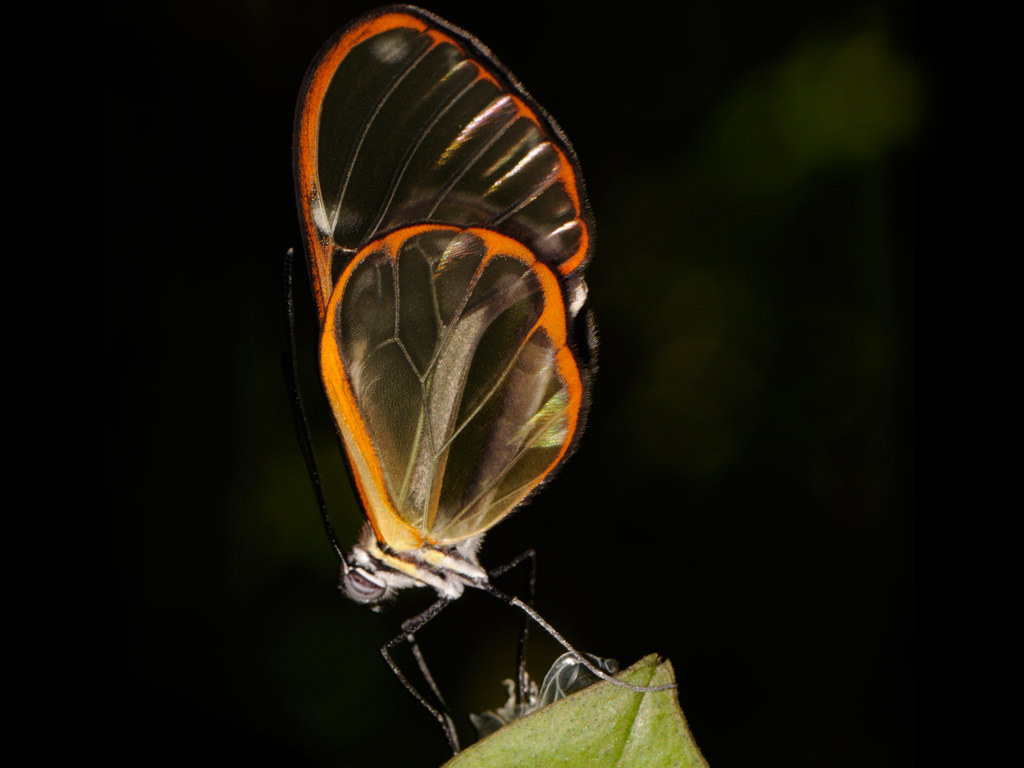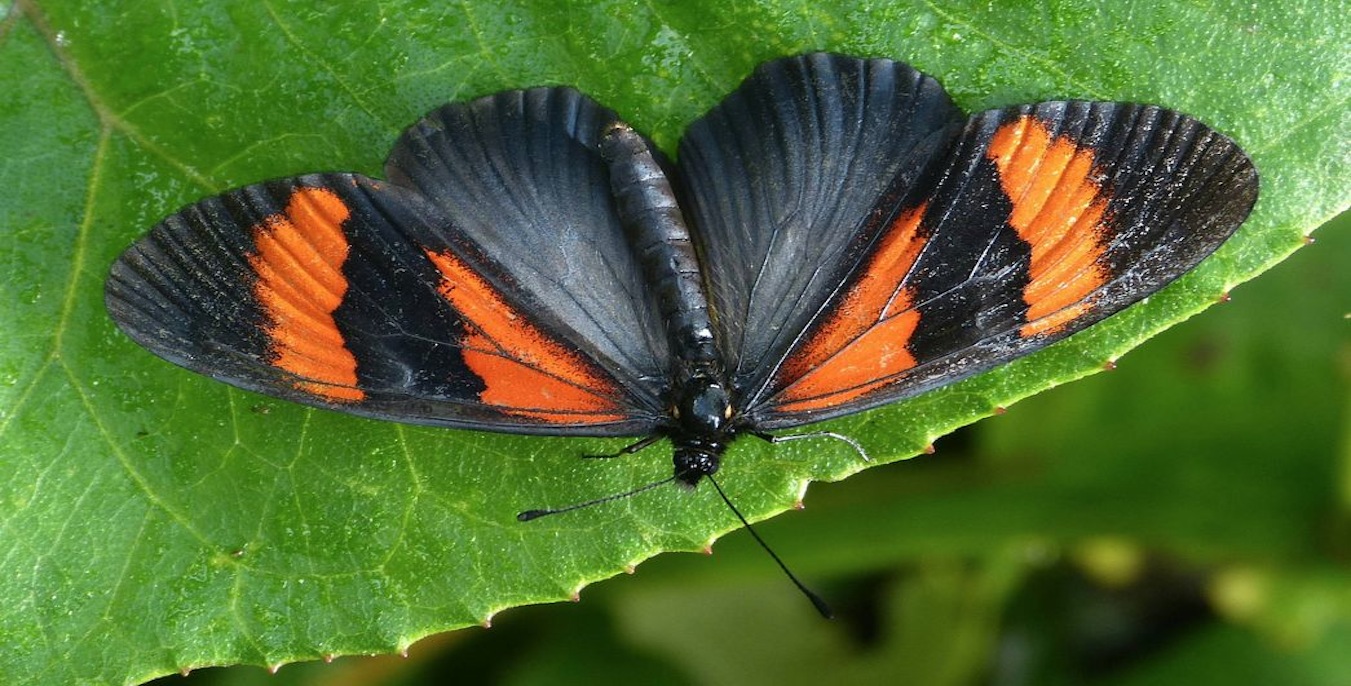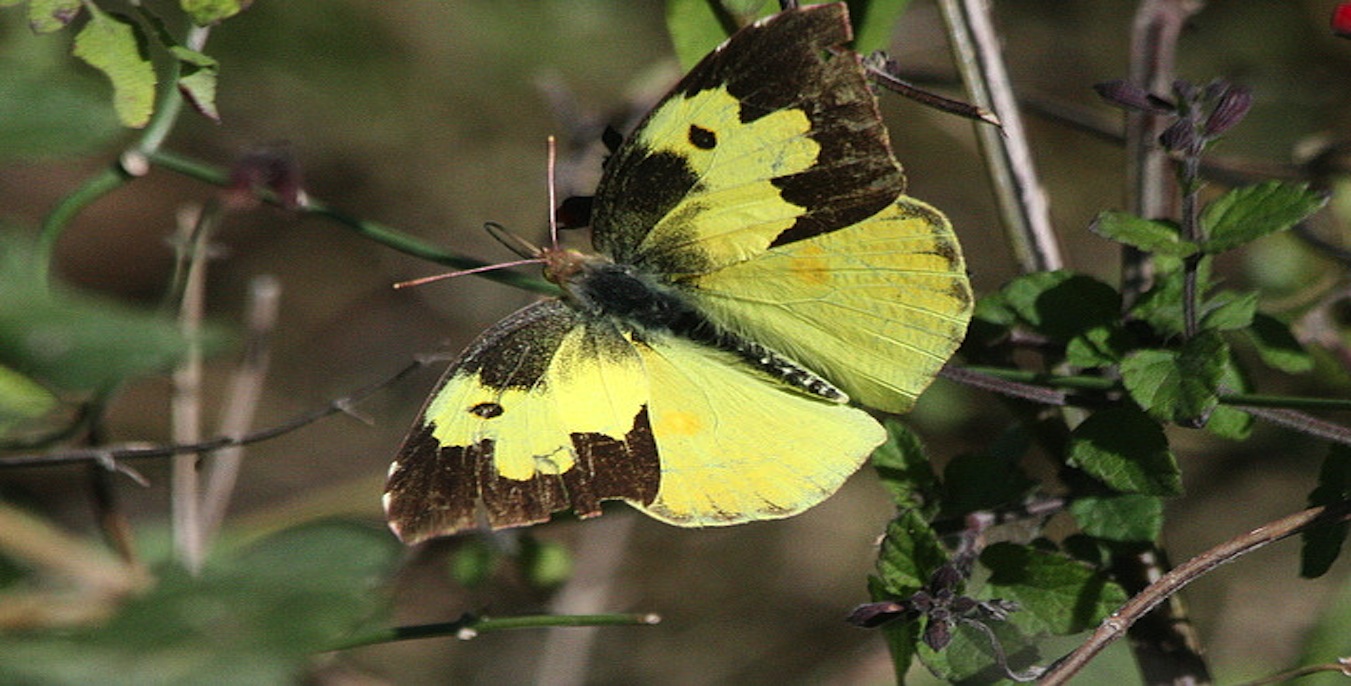28/03/2014

Located near the Puerto Maldonado Airport, the Butterfly House here at Inkaterra is a welcome and information centre for all travellers that pass through our doors. Here you will understand the fascinating transformation of these colourful insects. We caught up with our butterfly keeper at Inkaterra Helmut Rengifo to find out a little bit more about these incredible insects.
1. Tell us a little about your background and how you came to be a butterfly keeper?
I used to work in the “Instituto de Investigaciones de la Amazonía Peruana – IIAP” which is an organisation dedicated to Scientific & Technological Research for Development, specialising in the sustainable use of the biological diversity in the Amazonian regions. It develops activities in a decentralised way, promoting the participation of state & private institutions as well as of the civil society. I dedicated myself to studying the local biodiversity, its management as well as the breeding of immature Lepidoptera until I had the opportunity to start working at the Japipì Butterfly House – Inkaterra Butterfly House´s former name – considered one of the best butterfly farms in Peru & was a great opportunity of experience for me.
2. How long has the butterfly house been there? What do you feed the butterflies?
The Butterfly House has been around since 2001 and is under Inkaterra´s management since 2007 onwards.
The butterflies eat as follows: when they are still caterpillars or larvas: their surrounding host plant leaves; when they are adults: fruit juice from ripe fruit, the liquid from their excrements, pollen, flower nectar, liquid produced by any material in decomposition.

3. What does a typical day look like for you here at Inkaterra Butterfly House?
A regular working day at the Butterfly House starts with cleaning followed by feeding hundreds of hungry & voracious caterpillars! Then we have to count the number of caterpillars and check the newly born ones from the night.
In the afternoon we have to place new food for nocturnal caterpillars; then the pupas are hung on the shelves, and the new posturas or butterfly eggs are collected. The day ends with the liberation of the butterflies born that day in the exhibition enclosure.
4. There are around 3,800 species of butterfly here in Peru. Which is your favourite and why?
The Panacea prola, because it is the one I have been doing major research work. It is truly stunning.
5. Have you noticed a change in the number of butterflies in recent years at the Inkaterra Butterfly House?
Yes, we have noted that many of the butterflies we have in the Butterfly House do not lay as many eggs as they used to do. We don´t have a proper answer to this but are observing their comportment on a daily basis.
6. There has been press in the last year in regards to a decreased number of monarch butterflies in South America. How can we help towards increasing the butterfly population?
A possible way to increase the population of these types of butterfly would be to seed host plants from which the Caterpillar usually feeds from, in various places. This way it would be favourable for the Caterpillar to lay its eggs in a place where it can feed, therefore the regular reproductive cycle could continue. If the plants disappear, the butterflies also disappear.

Butterflies are one of our favourite things to see here at Inkaterra. Are they yours too? Share your pictures you’ve taken of butterflies with us on Twitter or Facebook with hashtag #InkaterraButterfly.
28.3.14
